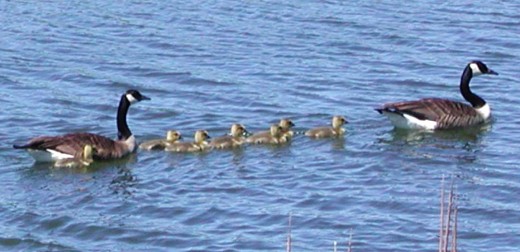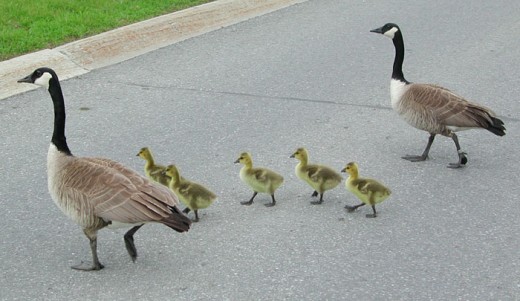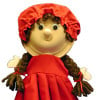Teaching about bird migration
In my experience, certain students learn better and enjoy school a lot more when learning is integrated with a concrete activity.
For example, I once combined a lesson about migratory birds with a craft project where the kids made a Canada goose from paper plates and cardboard. You can find a link to the craft project at the end of this hub. But since this hub is about teaching, first a few facts about geese.

The Canada Goose is a wild goose that is very common in Canada. The feathers of the Canada goose are brownish black, except on the stomach and the neck where they are white. In Canada and in the U.S.A. these birds can be observed in the fall and in the spring during their migration. They migrate to warmer regions of the United States. The geese fly as a group in a very recognizable "V" formation. In the formation, the geese at the front protect the ones that follow who have to spend less effort to fly because they take advantage of the turbulences created by the wings of the birds in the front. When the first ones are tired they go behind to rest while others take their place. The geese at the back of the formation "honk" to encourage the rest of the formation to maintain their speed.
A Canada goose weighs between 2 and 8 kilos (5 to 18 pounds). It can reach 2 metres (6 feet) of wingspan. The life span of a goose in the wild is about 23 years. In captivity, it can reach 42 years of age. The geese feed on water plants, grains and grasses.

Family ties are very developed in geese. A couple of geese stays together for life. The young stay with their parents until the following brood. If a young gets lost and does not find its parents, another family of geese will adopt it.
Usually, the geese hide their nest in the bushes not far from a water source. The nest is filled with vegetation and with down from the female. The female lays 5 to 7 eggs which hatch after 25 to 28 days. The male stays close to guard the nest and chase away any intruders.
When a goose is sick or hurt, two other geese withdraw from the formation to accompany it, help it and protect it on the ground. They live with the sick bird until it either can fly or it dies.










